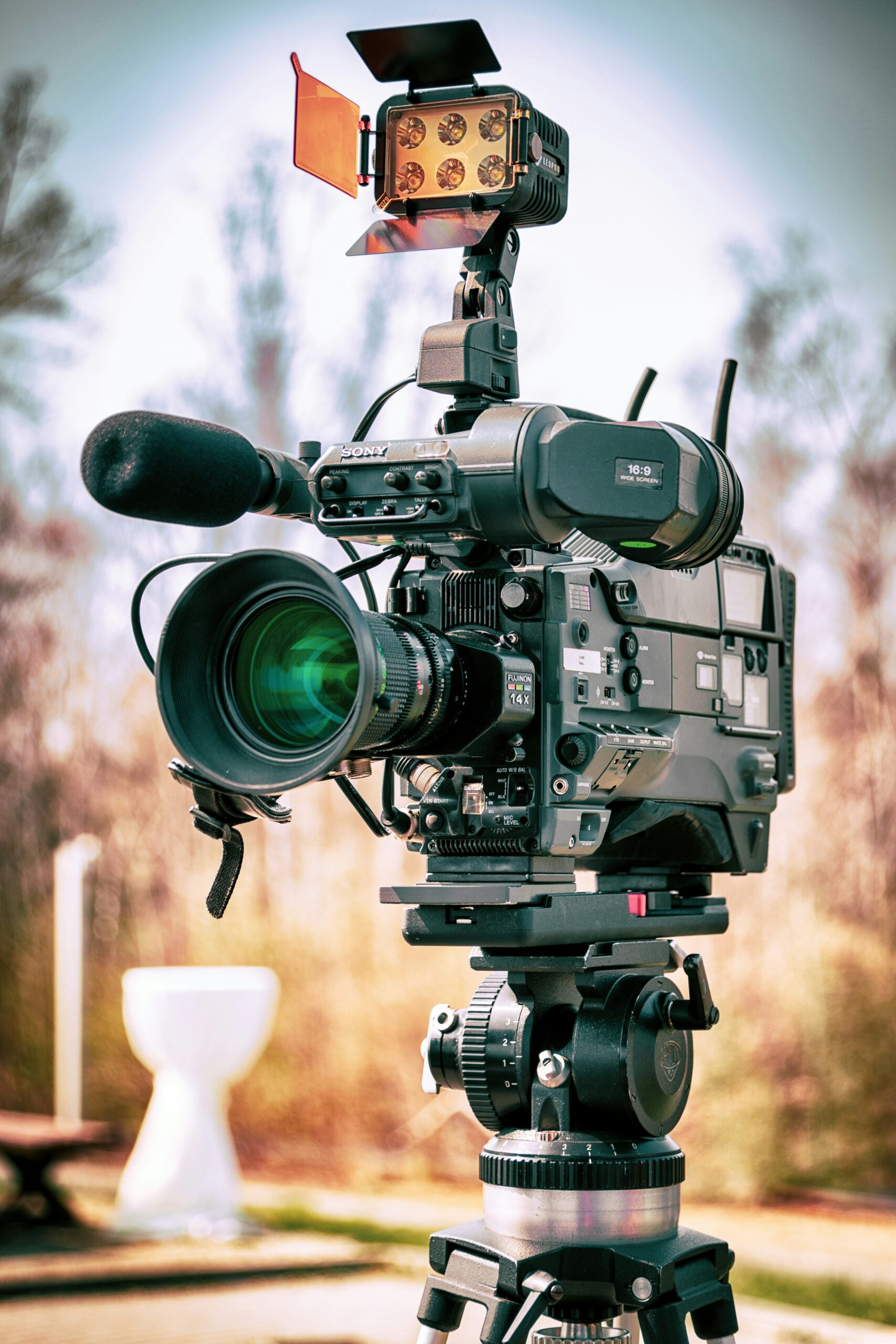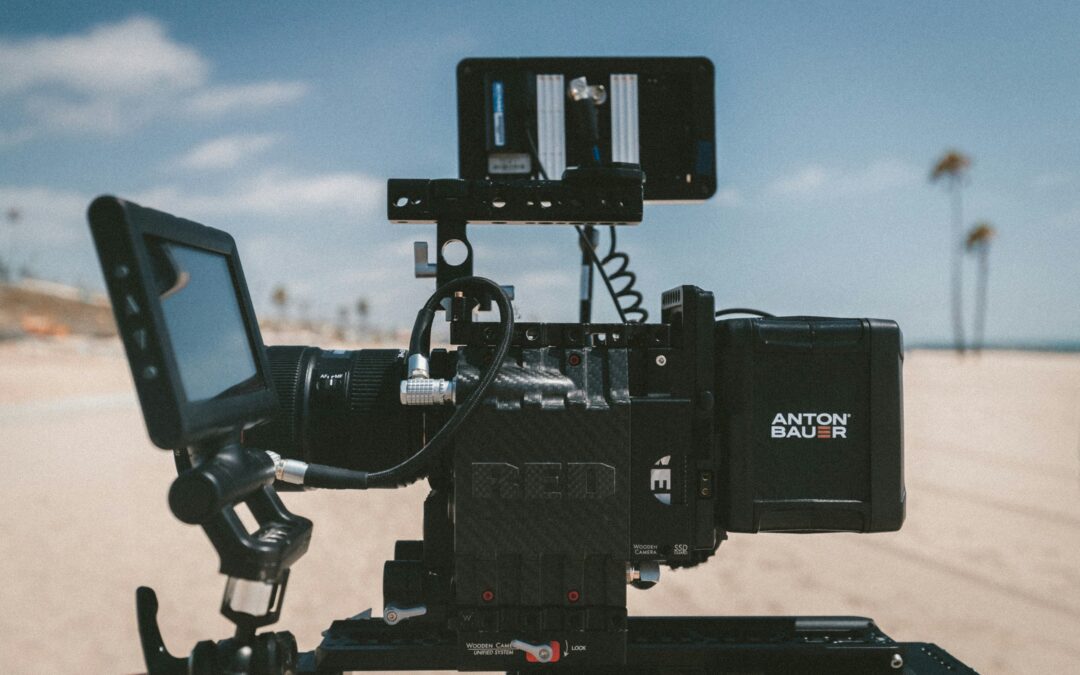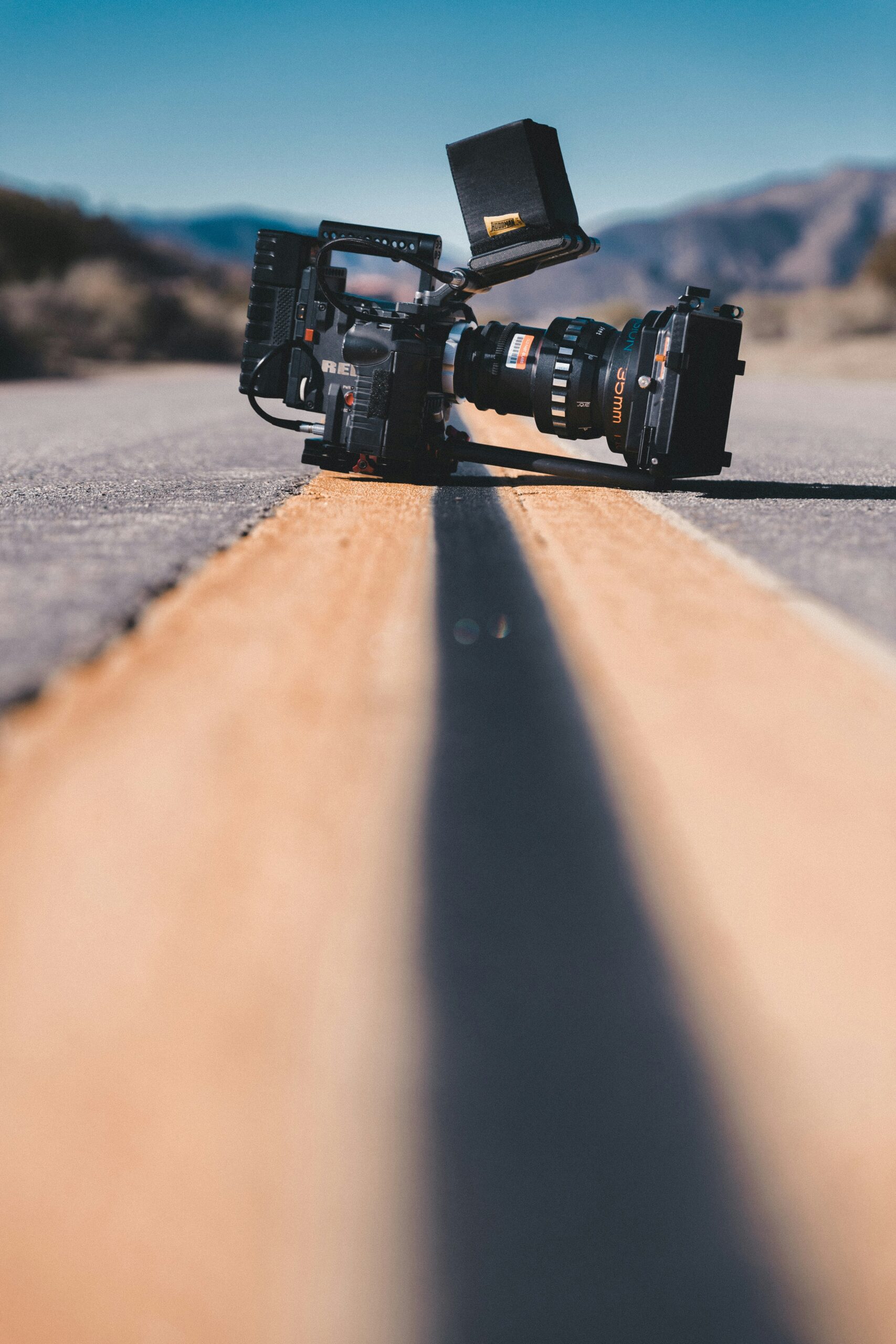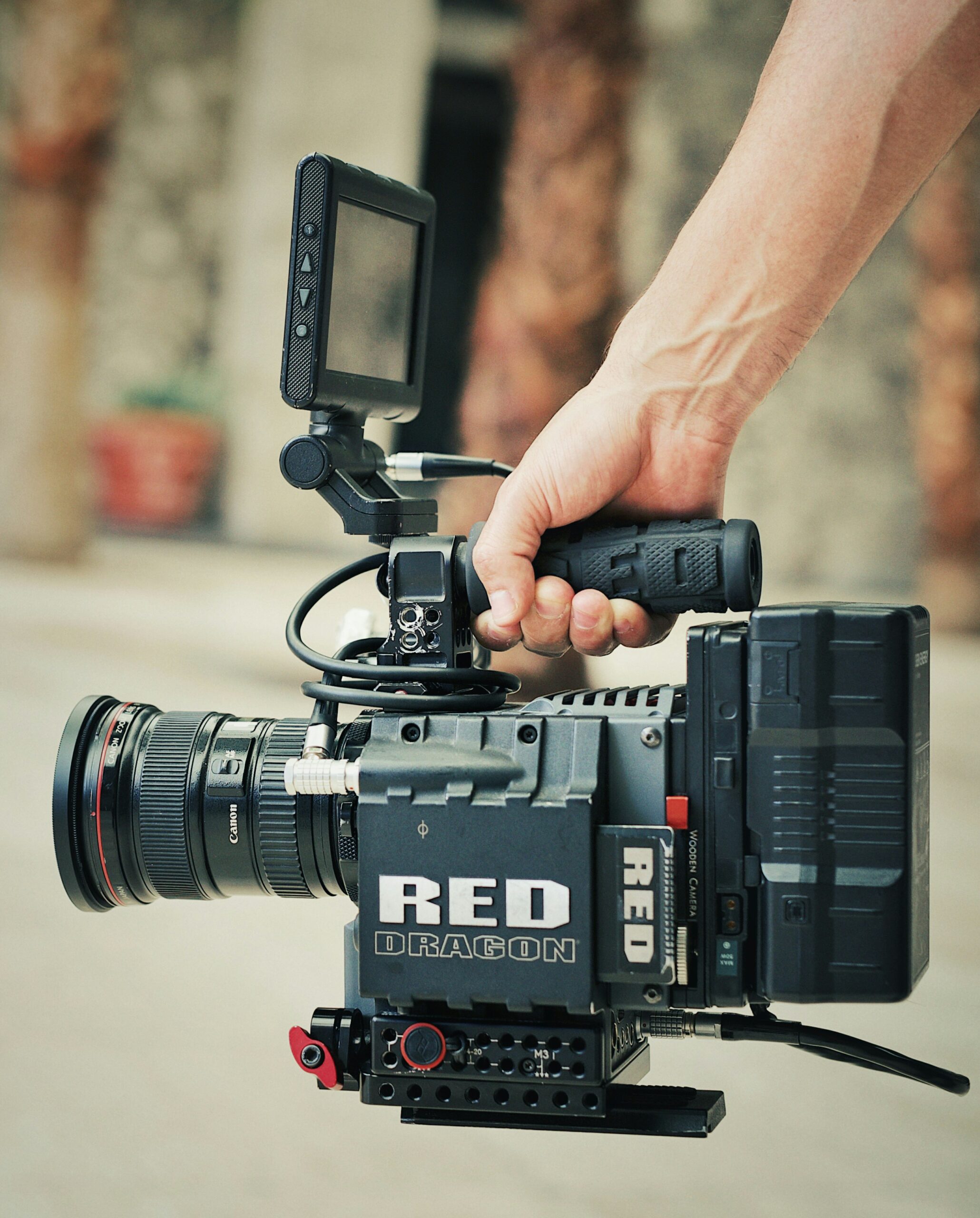There’s something magical about capturing life on the streets with a film camera. Every shot feels intentional and every frame tells a story you just can’t replicate with digital. When I wander city blocks searching for that perfect moment I want a camera that’s reliable quick and discreet.
Choosing the best film camera for street photography can feel overwhelming with so many classic options out there. I’ve spent years testing different models and learning what really matters when you’re out shooting on the go. Whether you’re just starting out or looking to upgrade your gear I’ll help you find the perfect film camera to match your style and needs.
Why Choose Film Cameras for Street Photography
Film cameras offer distinct color rendition and grain structure, enhancing the authenticity of street scenes. Waiting for film development increases anticipation and encourages careful composition. Manual controls in classic film cameras like the Leica M6 or Nikon FM2 promote technical skill that’s vital for working with unpredictable urban lighting.
Zone focusing, available on rangefinder cameras, lets me capture decisive street moments without delay. Film stocks such as Kodak Tri-X or Fujifilm Superia consistently produce dynamic contrast and nuanced tones in various environments. The slower, analog workflow of film cameras limits distractions, keeping me immersed in observing details and narratives on the street.
Below, I’ve listed film features and their relevance for street photography:
| Feature | Film Cameras | Digital Cameras |
| Color Rendition | Varied by stock (Kodak, Fuji) | Consistent per sensor |
| Grain Structure | Organic, customizable | Artificial, post-processed |
| Dynamic Range | Broad with negative film | Good in newer models |
| Workflow Intentionality | High (manual exposure, focus) | Medium-High (auto modes) |
| Immediate Review | No | Yes |
| Zone Focusing | Yes (rangefinder/manual SLR) | Challenging (focus lag) |
| Distraction-Free Use | Yes | Often reliant on screens |
| Anticipation Factor | Yes (development wait) | No (instant previews) |
Film cameras create unique photographs and foster mindful engagement, making them ideal for storytellers in street photography.
Key Features to Look for in Film Cameras
When I select a film camera for street photography, I focus on attributes that streamline spontaneous shooting in varied urban settings. Key features influence how efficiently I capture everyday stories and fleeting moments.
Size and Portability
Compact film cameras let me move discreetly through crowds, draw less attention, and react to scenes with agility. Models like the Olympus XA or Contax T2 fit in a jacket pocket, making them ideal for long walks and quick draws. Lighter builds reduce fatigue during day-long shoots in crowded streets.
| Model | Weight (oz) | Dimensions (inches) |
| Olympus XA | 7 | 4.1 x 2.6 x 1.4 |
| Contax T2 | 9.3 | 4.7 x 2.4 x 1.3 |
| Leica M6 | 20 | 5.4 x 3.0 x 1.5 |
| Nikon FM2 | 19 | 5.6 x 3.6 x 1.5 |
Lens Versatility
Interchangeable lens systems expand creative options for framing busy intersections or intimate portraits. I use cameras like the Leica M6 or Nikon FM2 to swap between 28mm, 35mm, and 50mm lenses, which suit a range of street scenes. Fixed-lens compacts, like the Ricoh GR1 with its 28mm lens, offer sharp results with minimal setup.
Shutter Speed and Controls
Precise manual controls give me confidence in unpredictable light. Broad shutter speed ranges, fast maximum speeds (1/1000s or faster), and intuitive dials support capturing both action and shadowy scenes. Mechanical reliability in models such as the Nikon FM2 helps when electric power isn’t a guarantee.
| Camera Model | Max Shutter Speed | Control Type |
| Nikon FM2 | 1/4000s | Mechanical Dial |
| Leica M6 | 1/1000s | Manual Dial |
| Ricoh GR1 | 1/500s | Electronic |
Viewfinder Clarity
Bright, accurate viewfinders help me frame shots rapidly and focus subjects even in low light. Cameras with clear optical rangefinders (e.g., Leica M6) or large single-lens reflex (SLR) viewfinders (e.g., Nikon FM2) let me check focus zones and anticipate movement without delay. Well-aligned viewfinders prevent parallax issues, essential for spontaneous street portraits and layered compositions.
Top Picks: Best Film Cameras for Street Photography
I compared dozens of classic film cameras to identify those that excel on crowded streets, busy alleys, and vibrant urban corners. My selections focus on portability, speed, lens quality, and intuitive controls.
Best Overall: Leica M6
I chose the Leica M6 for its unmatched build quality and intuitive manual controls. This rangefinder features a bright viewfinder and precise zone focusing, letting me frame scenes quickly even under pressure. Compact dimensions and a quiet shutter keep me unobtrusive in public spaces. The ability to pair with legendary M-mount lenses, including the Summicron 35mm f/2, provides razor-sharp images and creamy bokeh. Light metering in the viewfinder helps me master exposure without extra gear.
Best Budget Option: Olympus XA
I recommend the Olympus XA for beginners and travelers watching their budget. This compact rangefinder is small enough for a jeans pocket but sharp with its 35mm f/2.8 Zuiko lens. Its zone-focus dial and clamshell design speed up shooting, letting me react instantly when something catches my eye. Fully manual ISO settings deliver excellent control despite the pocketable size, and a whisper-quiet shutter minimizes street presence.
Best Rangefinder: Canonet QL17 GIII
I value the Canonet QL17 GIII for its sharp 40mm f/1.7 lens and rock-solid reliability. Street photographers favor its fast lens for low-light dusk shots and shallow depth of field. The quick-load mechanism makes swapping rolls efficient, a prime trait for long outings. I use the Canonet’s coupled rangefinder and clear viewfinder for precise manual focusing and fast shot composition.

Best SLR: Nikon FM2
I reach for the Nikon FM2 when I want robustness and full manual control. This mechanical SLR offers a fast 1/4000s shutter speed and broad lens compatibility via Nikon’s F-mount. Its bright viewfinder and smooth manual focus ring support quick, accurate adjustments even in shifting light. The all-mechanical shutter keeps the FM2 working reliably, needing no batteries for core functions.
Best Point-and-Shoot: Contax T2
I rely on the Contax T2 when stealth and convenience are top priorities. This titanium-bodied compact features a lightning-fast autofocus and a razor-sharp Zeiss T* 38mm f/2.8 lens. Its spot-on exposure metering and robust build make it popular among pros for quick, fluid street shooting. The slim design makes the T2 easy to conceal and whip out for candid moments.
Film Camera Comparison Table
| Model | Type | Lens Mount/Type | Max Aperture | Shutter Speed Range | Size (mm) | Notable Features |
| Leica M6 | Rangefinder | Leica M mount | Variable | 1s-1/1000s | 138 x 77 x 38 | Metered manual, quiet shutter |
| Olympus XA | Rangefinder | Fixed 35mm | f/2.8 | 1s-1/500s | 102 x 64 x 40 | Ultra-compact, zone focus |
| Canonet QL17 GIII | Rangefinder | Fixed 40mm | f/1.7 | 1/4s-1/500s | 120 x 75 x 60 | Quick-load, sharp optics |
| Nikon FM2 | SLR | Nikon F mount | Variable | 1s-1/4000s | 142 x 90 x 60 | Mechanical, sturdy |
| Contax T2 | Point-and-Shoot | Fixed 38mm | f/2.8 | 8s-1/500s | 119 x 66 x 33 | Zeiss lens, autofocus |
I reinforced the most important features by testing each camera in varied urban light, tight alleys, and open squares. This comparison leans on size, lens speed, reliability, and unobtrusive operation—key strengths for street photography.
Pros and Cons of Using Film for Street Photography
Pros of Film for Street Photography
- Distinct Aesthetics: I notice film cameras, like the Leica M6 and Olympus XA, produce unique color rendition and organic grain, creating visually appealing street scenes.
- Intentional Shooting: I approach each shot with more care, knowing film’s limited frames (typically 24 or 36 exposures per roll) demand mindful composition.
- Skill Development: I rely on manual controls and zone focusing, especially with models like the Nikon FM2, which enhances my technical knowledge and improves adaptability in challenging light.
- Minimal Distraction: I stay more engaged with my surroundings when shooting on film, since I’m not tempted by instant screen reviews or digital menus.
- Archival Longevity: I keep negatives for future use, since film offers proven stability for long-term storage when properly handled.
Cons of Film for Street Photography
- Cost Over Time: I consistently factor in the ongoing expense for film stock and lab processing. For example, Kodak Portra 400 and development typically cost $15–$25 per roll.
- Delayed Feedback: I wait days or longer to review results, if lab queues are slow or I develop film myself, which impacts quick learning and real-time adjustments.
- Limited Shots: I manage frame count tightly; running out of exposures mid-action is common if I haven’t planned ahead.
- Variable Reliability: I contend with potential for light leaks, expired film inconsistencies, and mechanical issues in older cameras, especially with less-maintained models.
- Portability Concerns: I adapt my kit based on camera choice since some film bodies, like the Nikon FM2, add bulk compared to compact digital alternatives.
Film vs Digital: Feature Comparison Table
| Feature | Film Cameras | Digital Cameras |
| Aesthetic | Distinct color, organic grain | Crisp, adjustable look |
| Cost per Shot | $0.40–$1 (film+processing) | Negligible |
| Results Availability | Days after shooting | Instant |
| Learning Process | Slower, tactile | Fast feedback |
| Number of Exposures | 24–36 per roll | 1000+ per card |
| Distraction Level | Minimal | High (menus, screens) |
| Portability (average) | Moderate | Varies (often lighter) |
| Archive Stability | High (proper storage) | Depends on backup |
Tips for Shooting Street Photography with Film Cameras
Maximize results in street photography by applying techniques tailored to film cameras. I focus on the following approaches to control exposure, achieve sharp focus, and capture candid moments efficiently.
Exposure Settings and Light Metering
I pre-set ISO, aperture, and shutter speed before stepping outside. Consistent lighting means I use the same settings for several frames, especially on sunny days. I reference a handheld light meter or rely on Sunny 16 for fast estimations.
| Lighting Condition | Aperture | Shutter Speed | ISO Suggestion | Tip |
| Sunny | f/16 | 1/125 | 200 | Use Sunny 16 rule |
| Overcast | f/8 | 1/125 | 400 | Open up 1-2 stops |
| Shade | f/5.6 | 1/60 | 400 | Watch for motion blur |
| Night | f/2 | 1/30 | 800 | Use faster film when available |
Zone Focusing and Quick Reaction
I set my focus distance manually, using depth of field scales on the lens. This lets me photograph subjects within a certain range—typically 2-3 meters—without pausing to refocus. I practice with the lens cap on to develop muscle memory for focusing distances.
Framing and Anticipation
I position myself where people move through interesting backgrounds. Anticipating gestures or expressions, I raise the camera just before the moment unfolds. Simple viewfinder frames, like those on the Olympus XA, let me compose quickly.
Film Stock Selection
I select film based on lighting and the mood I want. Black-and-white stocks like Kodak Tri-X 400 boost contrast and hide exposure errors. Color options like Fujifilm Superia 400 render vibrant tones in mixed lighting.
| Film Stock | ISO | Color/B&W | Characteristic |
| Kodak Tri-X 400 | 400 | B&W | High contrast, classic grain |
| Ilford HP5 Plus | 400 | B&W | Versatile, wide latitude |
| Fujifilm Superia X-TRA | 400 | Color | Vibrant color, fine grain |
| Kodak Portra 400 | 400 | Color | Natural tones, wide latitude |
Discretion and Camera Handling
I keep my camera in plain sight, wrist strap ready, and settings pre-adjusted. Compact film cameras like the Olympus XA or Contax T2 slip into my pocket. Firing from the waist or chest level with zone focus keeps my actions unnoticed, especially in busy scenes.
Film Management and Shot Economy
I monitor remaining frames to avoid running out at decisive moments. With a 36-exposure roll, I pause to assess whether a scene warrants the shot. I prioritize candid subjects, strong light, and fleeting gestures to make each exposure count.
Urban Environment Awareness
I stay aware of urban environments, noting places with good natural light or interesting human activity. I respect personal boundaries, photographing public spaces while minimizing confrontations.
| Practical Shooting Tips | Contextual Example |
| Pre-set focus/zone focusing | Sidewalks, metro stations, busy markets |
| Use wrist strap | Crowded alleys, events, public gatherings |
| Monitor frame count | Festivals, parades, urban intersections |
| Shoot with both eyes open | Street corners, moving crowds |
Focusing on technique over gear lets me use any film camera—classic rangefinder, compact, or SLR—to document street life faithfully.
Conclusion
Choosing the right film camera for street photography is a personal journey that goes beyond specs and price tags. I’ve found that the best camera is the one that feels intuitive in my hands and inspires me to slow down and observe the world more closely.
Whether you’re drawn to the tactile controls of a classic SLR or the pocketable stealth of a compact rangefinder, there’s a film camera out there that’ll match your vision and style. Embrace the process, trust your instincts, and let your creativity lead the way on the streets.



